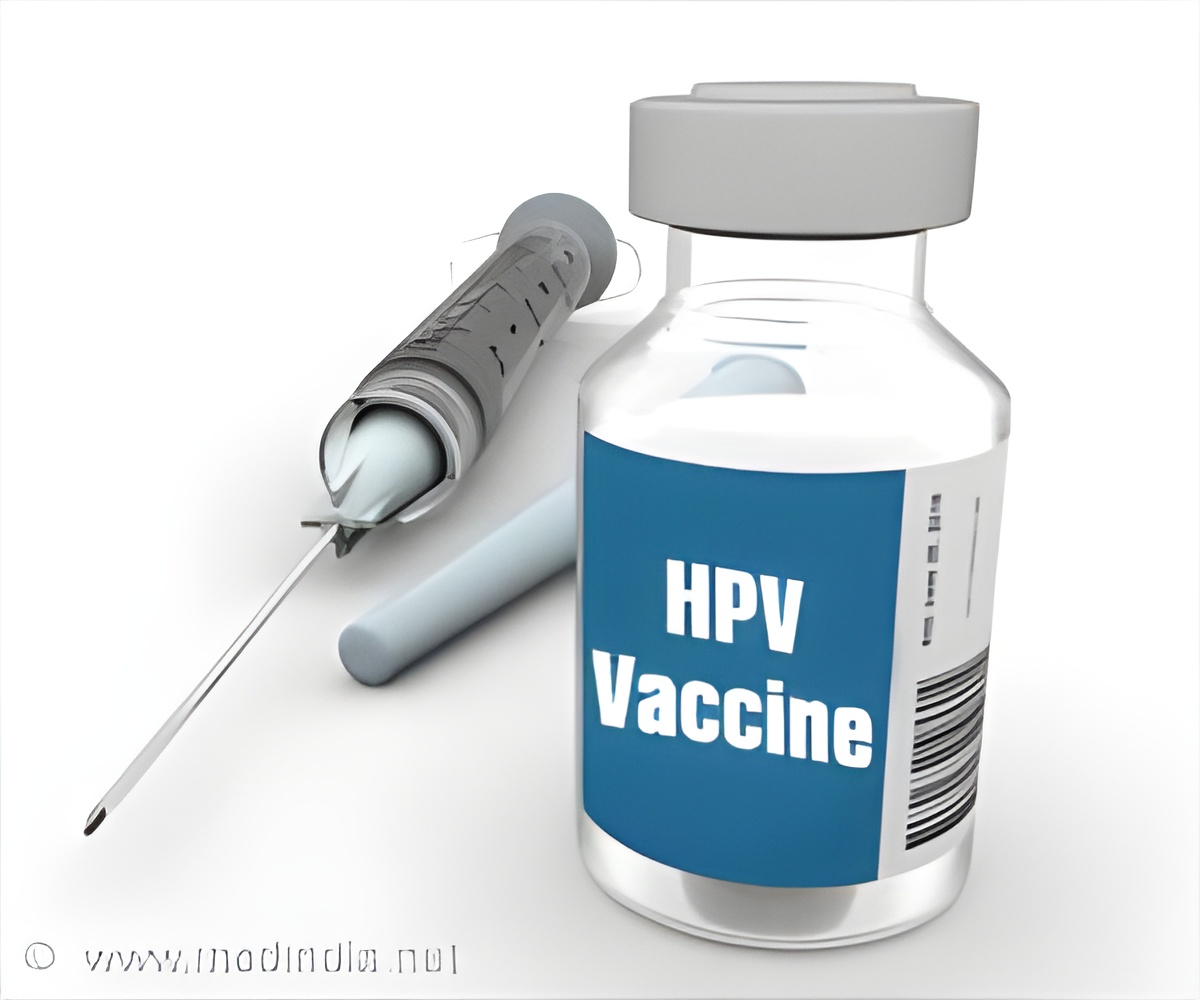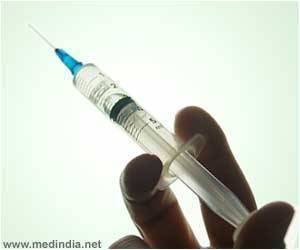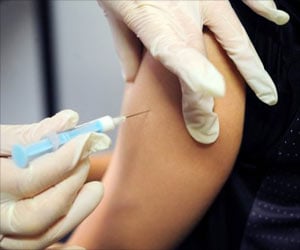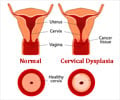
‘Cross-protection, efficacy of the doses and herd immunity would have helped to reduce the rate of cervical pre-cancers.’
Tweet it Now
But fewer than half the girls and boys in the United States get the vaccine.New research published in the Journal of the American Medical Association, Oncology, may spur parents, policy makers and medical professionals to think more about the importance of HPV vaccinations.
The research shows the HPV vaccine is efficacious in reducing cervical pre-cancers among young women throughout a population.
Cosette Wheeler, PhD, at The University of New Mexico Comprehensive Cancer Center, led the research team and the efforts of the New Mexico Human Papillomavirus Pap Registry, the data source used in the study. The New Mexico HPV Pap Registry is the only statewide surveillance program in the United States that includes complete cervical screening, diagnosis and treatment information since the HPV vaccine was introduced in 2007.
The researchers studied the state’s data for young women who received Pap and HPV screening tests and diagnostic and treatment biopsies between January 1, 2007, and December 31, 2014.
Advertisement
Among women 20 to 24 years old, the incidence rate of moderate-grade pre-cancerous lesions also decreased. The researchers found all of these changes to be statistically significant.
Advertisement
By 2014 that percentage increased to 59% of girls receiving at least one HPV vaccine dose and 40% receiving all three doses. Women aged 11 to 14 in 2007 would have been 18 to 21 in 2014.
In line with previous reports, the researchers suggest several factors likely contributed to the reduced cervical pre-cancer rates. One factor is cross protection, which is the vaccine’s ability to protect against additional HPV types that it does not directly target. Another factor is the efficacy of 1, 2 and 3 doses of HPV vaccine. Finally, the third factor is herd immunity, in which those not vaccinated face a lower infection risk because a large portion of the population has been vaccinated.
HPV vaccines were licensed for males in 2009 and male vaccination can contribute to herd immunity. New Mexico continues statewide efforts to increase HPV vaccination for males and females.
“These data showing significant reductions in cervical pre-cancers represent the results from the overall population of young females which includes those that are vaccinated and unvaccinated. The data suggests that the age at which we begin cervical screening in the United States might be raised soon to age 25 as is already done in a number of other countries. Raising the age at which we begin cervical screening would be one of the first steps in integrating cervical screening and HPV vaccination, an important step in using healthcare dollars more effectively,” says Wheeler. “When cervical cancer screening guidelines are revisited soon, these results from New Mexico may be considered in the review process.”
Source-Medindia















